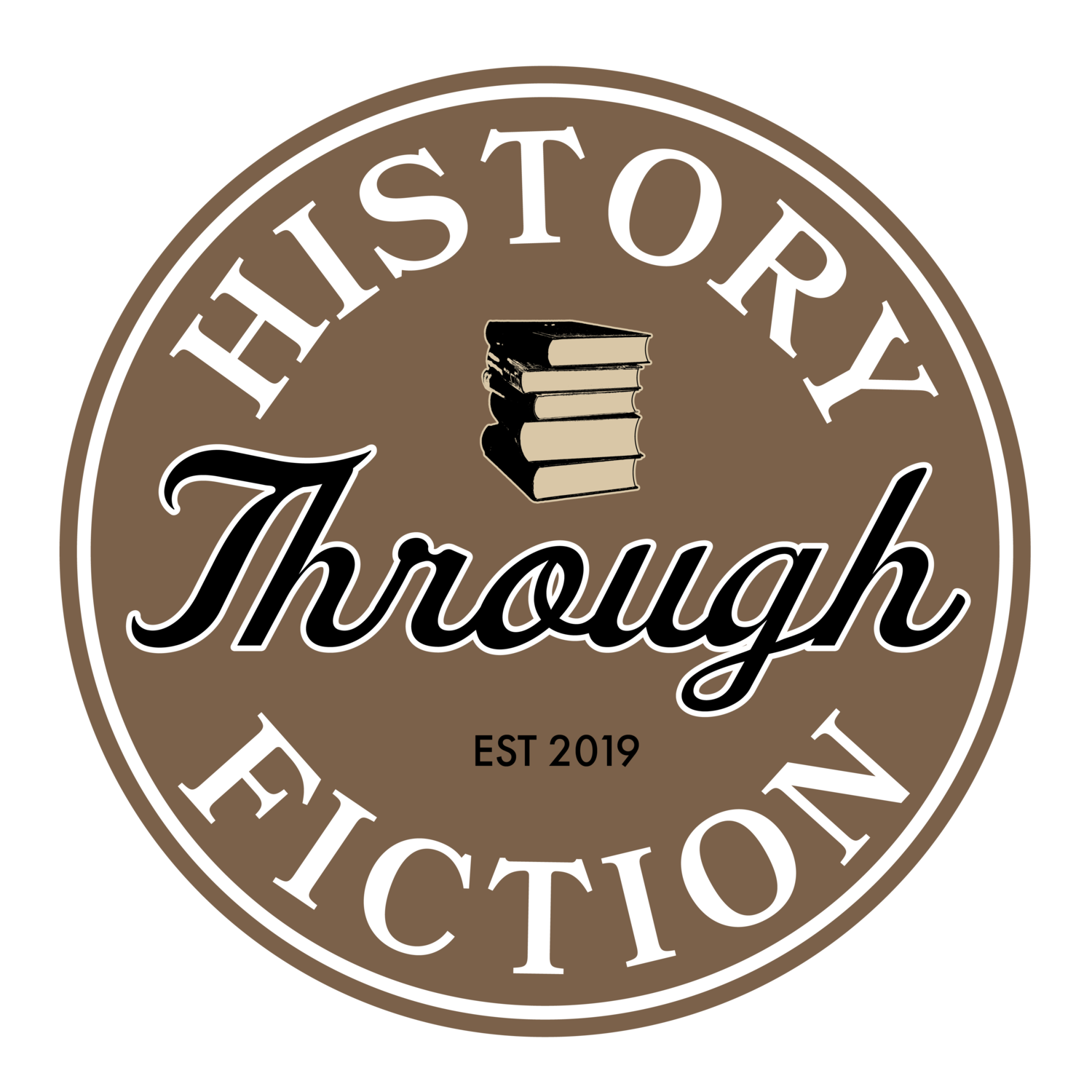A New Gastonia Novel - Prosperity Mill by Mary Anna Barbey
In the early 1930s, six strike novels were written in quick succession, each one acting as a symbol of "the strength, courage, and tenacity" of workers in America. Known as the Gastonia novels, these stories were written in response to one of the most notable strikes in American history: The Loray Mill Strike in Gastonia, North Carolina. Today, a new historical novel by Mary Anna Barbey re-exposes readers to the struggle of American textile workers in the 1920s. Based on the Loray Mill Strike of 1929, the French novel now translated into English is called Prosperity Mill.
The Loray Mill was the scene of one of America’s most notable worker’s strikes.
What was the Loray Mill Strike?
The Loray Mill was a northern-owned textile factory in Gastonia, North Carolina. It was one of many southern cotton mills that became quite prosperous during WWI because of defense orders for uniforms, tents, and war material. But the 1920s saw a slow down in profits which led to the creation of the “stretch out” system in which spinners and weavers not only doubled their work, but also reduced their wages. Because of the poor conditions at the mill, Fred Erwin Beal of the National Textile Workers Union (NTWU), a communist labor union, began organizing the workers, who, on March 30, 1929, voted to strike.
The strike began on April 1, 1929, when 1,800 mill workers walked off the job. Their demands included a forty-hour workweek, a minimum $20 weekly wage, union recognition, and the abolition of the stretch-out system. In response, management evicted union workers from mill-owned homes and the National Guard was called in. After the NTWU’s headquarters was destroyed, the NTWU built a tent city for striking workers to live in that was patrolled by armed guards.
The strike was largely unsuccessful and by the end of April many laborers had drifted back to work or the mill had hired replacements. Those that held out faced much opposition. On June 7, after 150 workers were attacked by Union supporters, Gastonia police went to the tent city and confronted the guards. An altercation ensued killing the police chief and leaving several officers and strikers wounded.
In the aftermath, 71 strikers were arrested and several were put on trial. Then, in September, with support for the strike waning, one of its outspoken leaders, Ella May Wiggins was shot in the chest as she rode in the back of a pick-up truck with her brother, Wes, and 2 other men — all headed to a union meeting in Gastonia. This effectively ended the strike, prompting the NTWU to abandon its organizing drive, dismantle its headquarters in Gastonia, and relocate its membership.
About the Novel
Susannah Marshall was fourteen when the strike broke out at Prosperity Mill. For months, her small town in North Carolina would be shaken by scenes of conflict, terror and even murder.
Sixty-five years later, a renowned historian, Susannah returns to her hometown in a final attempt to understand the world-famous walkout led by the communists. Will she discover some clue, some piece of information that will put her mind at rest? What role did her own family play in the tragic events? And if she finds the truth, will anyone want to hear her story?
Based on the history of the 1929 textile strike in Gastonia, North Carolina, this work of fiction explores the way historical conflict can impact individual lives. By reviving events almost forgotten, Susannah's quest also reaffirms the importance of passing on stories from one generation to the next.
About the Author
Mary Anna Pope Barbey was born in Durham, North Carolina. She grew up in Connecticut, then married and moved to Switzerland where she has lived for over sixty years. She has published twelve books in French. Her translation of Prosperity Mill is her first publication in English.


